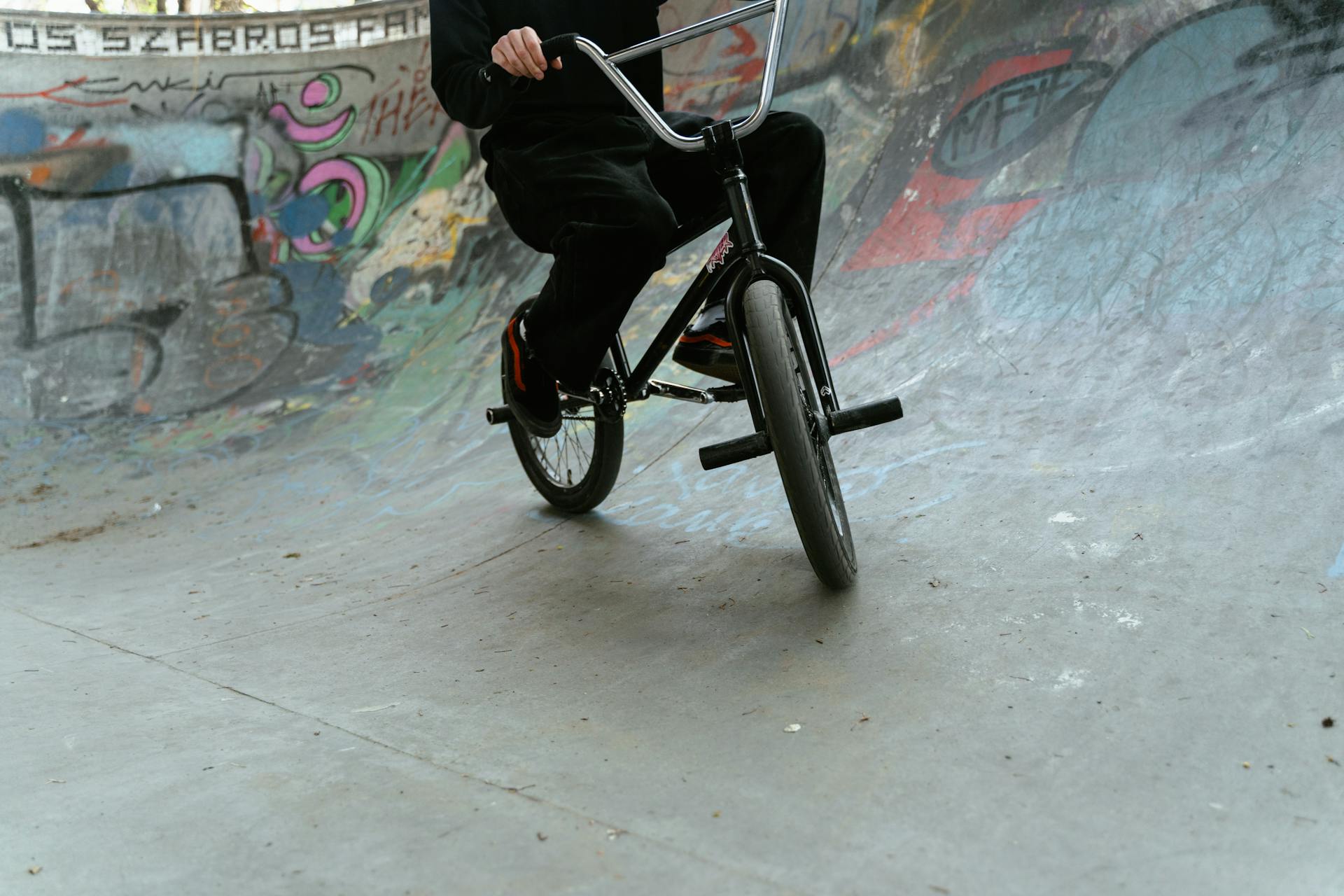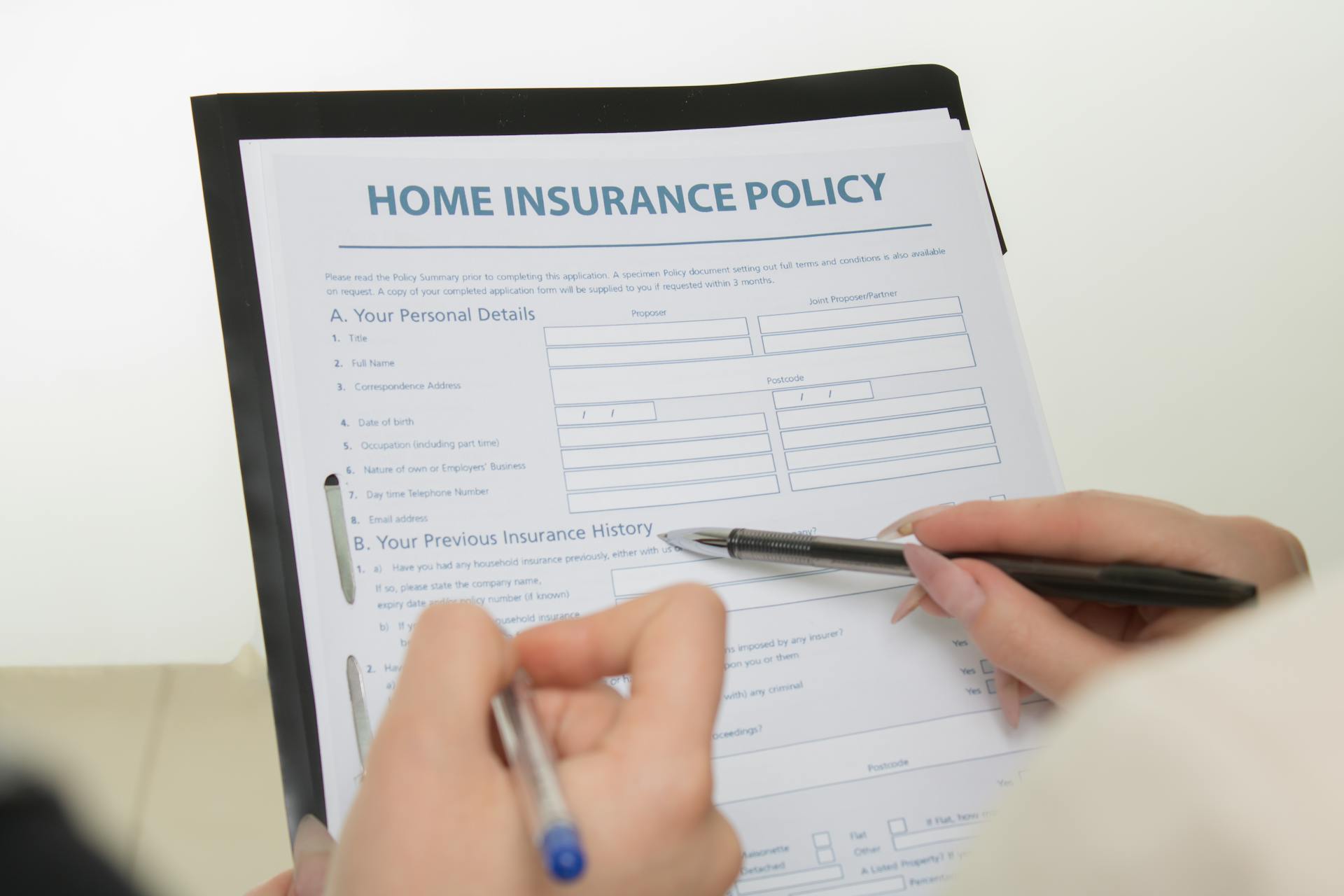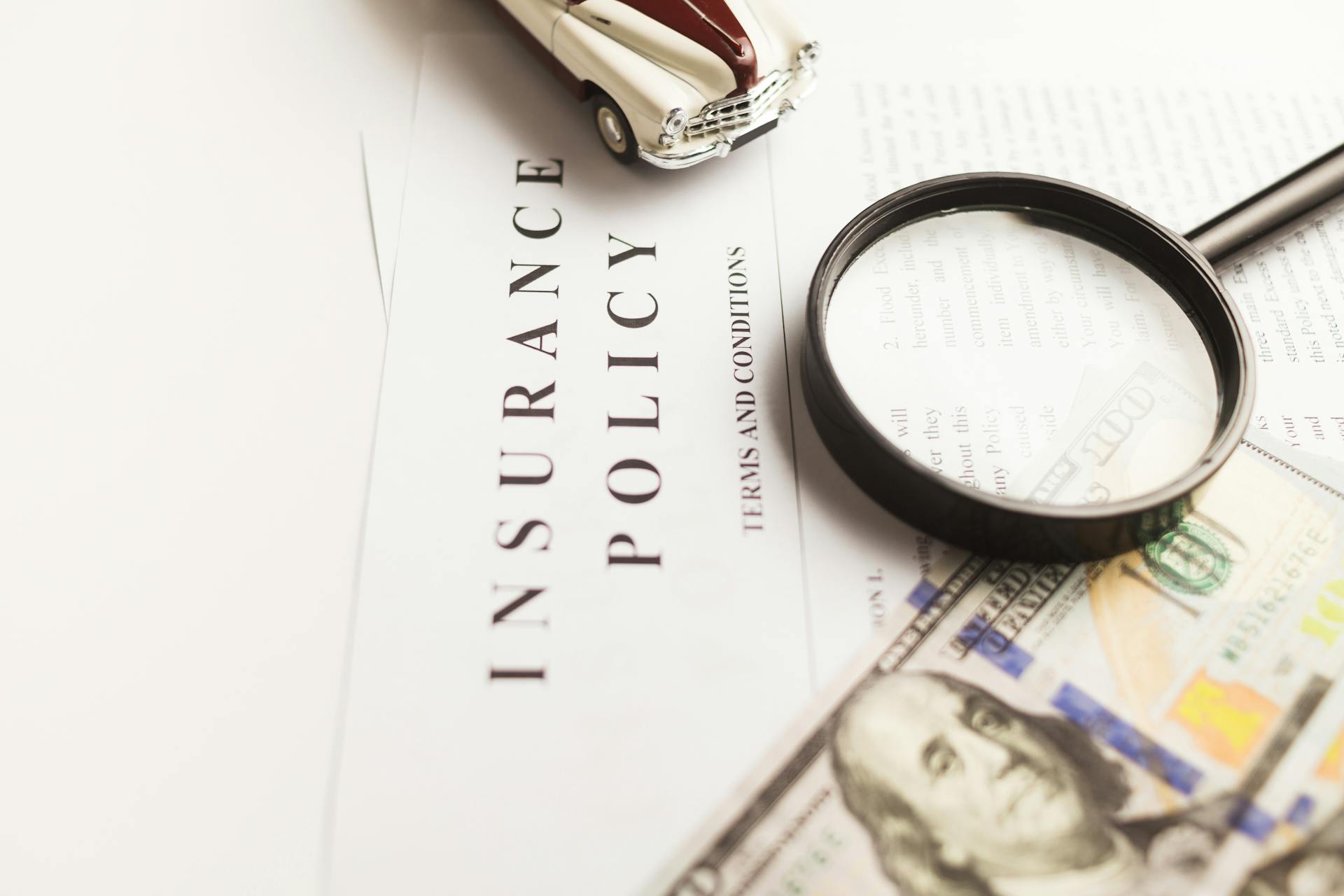
When riding a bicycle at night, there are a few things to keep in mind in order to stay safe. First, always wear bright and reflective clothing so that drivers can see you. It is also a good idea to have a headlight and taillight on your bike, and to make sure that they are working properly before you head out. If possible, try to stick to well-lit roads and paths. And finally, be extra cautious when crossing streets or intersections.
Expand your knowledge: When Is It Too Hot to Ride a Horse?
What are some tips for staying safe while riding a bicycle at night?
It is important to be aware of your surroundings and be visible when riding a bicycle at night. Here are some tips for staying safe:
Wear reflective gear: Wearing reflective gear, or even just attaching reflective tape to your clothing and bike, will help you be seen by drivers.
Use front and rear lights: Bike lights help you see and be seen. A white front light and a red rear light are required by law in some states, so it’s a good idea to have them even if they’re not required where you live.
Ride in the Bicycle Lane: If there is a bicycle lane, ride in it. If there is no bicycle lane, ride as far to the right as possible, but be aware that you may need to ride in the road to avoid hazards like potholes, glass, and debris.
Be Predictable: Ride in a straight line and don’t swerve in and out of traffic. Obey all traffic laws, including stop signs and traffic signals.
Use Hand Signals: Let drivers know what you are planning to do by using hand signals. For example, signal with your left arm extended straight out to indicate that you are turning left.
Be Aware of Driver’s Blind Spots: Drivers have blind spots, especially when they are turning. Be especially careful when passing parked cars, as drivers may not see you and may turn into you.
Watch for Opening Car Doors: When riding near parked cars, be on the lookout for drivers or passengers who may open their doors into your path.
Be cautious at Intersections: Intersections are especially dangerous for cyclists because they are where most car-bike collisions occur. Be sure to look both ways and use hand signals to indicate which way you are turning.
Ride with Traffic, not against it: It is against the law in some states to ride against traffic, and it is dangerous regardless of where you live. Drivers expect to see cyclists riding in the same direction as they are and may not be looking for cyclists riding in the opposite direction.
Beware of Potholes and Other Road Hazards: Potholes, sewer grates, and other road hazards can cause you to lose control of your bike. Be on the lookout for these hazards, and avoid them if possible.
Plan Your Route in Advance: Choose a route that is well
Consider reading: When Do Mosquitoes Go Away at Night?
What are the best ways to increase your visibility while riding at night?
When it comes to riding your bike at night, there are a few key things you can do to make sure you stay visible to other motorists. Here are some tips to keep in mind:
Wear bright, reflective clothing: Wearing clothes that are bright in color and/or have reflective strips or materials on them will help you stand out in the dark.
Install front and rear lights on your bike: Making sure your bike is equipped with both front and rear lights is crucial for improving your visibility at night. Not only do they help you see where you're going, but they also make it easier for others to spot you.
Use your hand signals: Hand signals are still the best way to communicate your intent to other drivers, even at night. So make sure you are using them clearly and consistently to let everyone know what you're doing.
Be aware of your surroundings: As always, it's important to be aware of your surroundings when riding your bike. At night, pay extra attention to things like potholes, glass, and other debris that might be hard to see.
Ride defensively: Since it can be harder for drivers to see you at night, it's important to ride defensively and assume that they may not see you. This means riding in the proper lane position, using your lights and hand signals, and being extra cautious at intersections.
By following these tips, you can help make sure you're visible to other motorists when riding your bike at night. Stay safe out there!
You might enjoy: When the Night Is Holding on to Me?
What are some common hazards to watch out for while riding a bicycle at night?
Bicycling at night can be enjoyable and relatively safe if cyclists take precautions to increase their visibility to motorists and other cyclists, and to be aware of potential hazards.
Some common hazards to watch out for while riding a bicycle at night include:
1. decreased visibility. cyclists should wear bright clothing and/or use lights (both front and rear) to make themselves more visible to other road users.
2. potholes and other road hazards. it is more difficult to see potholes and other potential hazards at night, so cyclists should ride slowly and carefully.
3. motor vehicles. cyclists should be aware that motorists may have difficulty seeing them, and should take extra care to make themselves visible.
4. pedestrians. pedestrians may not be paying attention, and may not see a cyclist coming. it is important for cyclists to yield to pedestrians, and to use lights and/or reflectors to avoid being struck.
5. other cyclists. some cyclists may not be as cautious as others, and may not be using lights or reflectors. it is important to be aware of other cyclists, and to give them plenty of space.
By taking some simple precautions, cyclists can enjoy riding at night while minimizing the risks.
What are some best practices for choosing a route to ride at night?
There are a few things to consider when choosing a route to ride at night. First, think about the amount of traffic on the roads. If there are a lot of cars, you may want to avoid busy roads and instead stick to quieter side streets. Second, consider the lighting. You'll want to stick to well-lit streets and avoid dark alleyways. Third, think about safety in numbers. If you can, try to ride with a friend or two. That way, you can look out for each other in case of trouble. Finally, be sure to let someone know your route before you set off. That way, if something happens, someone will know where to look for you.
How can you best prepare your bicycle for night riding?
Assuming you would like tips on how to best prepare your bicycle for night riding:
In order to have a enjoyable and safe night ride on your bicycle there are several key things you should do to prepare both you and your bicycle.
First, it is important to make yourself as visible to other vehicles as possible. Since it will be dark, you will want to wear light-colored or reflective clothing so that you are visible to drivers. You may also want to consider attaching reflective strips to your clothing or bicycle. In addition, it is a good idea to use a front white light and a rear red light on your bicycle so that drivers can see you from far away and know which direction you are riding in.
Second, it is important to be aware of your surroundings at all times. This means being aware of both the vehicles around you as well as any obstacles in your path. Paying extra attention to intersections and crosswalks is especially important because that is where most accidents happen. It is also a good idea to ride in a group if possible so that there are more eyes on the road.
Third, it is important to make sure your bicycle is in good working condition before you go for a ride. This means checking things like your brakes, tires, and chain to make sure everything is in good working order. Fixing any small problems now will save you from a bigger problem later.
Following these tips will help you have a safe and enjoyable night ride on your bicycle.
Consider reading: Where to Buy Used Bicycle in Singapore?
What are some things to consider when choosing night-riding gear?
There are a few key things to consider when choosing night-riding gear. First, you'll want to make sure you're visible to other riders and cars on the road. You can do this by wearing brightly colored clothing and/or attaching lights to your bike. Second, you'll want to choose clothing and gear that will keep you warm and dry in case the weather turns bad. Third, you'll want to make sure your bike is in good working condition and that you have a good set of lights. Finally, you'll want to make sure you have a plan for getting home safely.
A different take: Mountain Bike
What are some tips for staying alert while riding a bicycle at night?
Many people enjoy riding their bicycles at night. However, it is important to be aware of the dangers of doing so and to take the necessary precautions to stay safe.
There are a few things that you can do to stay alert while riding your bicycle at night. First, it is important to make sure that you have the proper lighting on your bicycle. This means having a light on the front of your bicycle that is bright enough to see the road ahead of you, and a light on the back of your bicycle that is visible to drivers behind you.
It is also important to wear bright and reflective clothing when riding your bicycle at night. This will help you to be more visible to drivers.
Lastly, it is important to be aware of your surroundings at all times. This means being aware of the traffic around you, and looking out for pedestrians or other obstacles that might be in your path.
By following these tips, you can help to ensure your safety while riding your bicycle at night.
You might like: Bicycle Springer Forks Work
How can you best deal with unexpected obstacles while riding at night?
If you're an experienced rider, then you're probably used to the occasional obstacle popping up while you're out riding at night. But for new riders, or those who are less experienced, dealing with unexpected obstacles can be a challenge.
Here are some tips on how to best deal with unexpected obstacles while riding at night:
1. Slow down and be prepared to stop.
If you see an obstacle in the road ahead, slow down and be prepared to stop. This will give you time to assess the situation and decide whether it's safe to continue.
2. Use your lights.
Your bike's lights are there for a reason - to help you see in the dark! If you see an obstacle ahead, use your lights to get a better view of it. This will help you avoid it altogether.
3. Take your time.
If you're not sure whether it's safe to proceed, take your time. There's no rush - it's better to be safe than sorry.
4. Don't ride into unfamiliar territory.
If you're not familiar with the area you're riding in, be extra careful. Stick to well-lit roads and paths, and avoid riding in unfamiliar or dark areas.
5. Be aware of your surroundings.
Pay attention to your surroundings and be on the lookout for potential hazards. This includes other cyclists, pedestrians, and animals.
6. Follow the rules of the road.
Remember, just because it's dark doesn't mean you can break the rules of the road. Obey all traffic laws, yield to oncoming traffic, and use hand signals when turning.
7. Ride defensively.
Assume that other cyclists, pedestrians, and drivers can't see you. By riding defensively, you'll be less likely to get into an accident.
8. Watch for pavement problems.
Potholes, cracks, and uneven pavement can be hard to see in the dark. Use your lights to watch for these hazards, and be prepared to swerve around them if necessary.
9. Don't ride alone.
If possible, ride with a friend or two. Not only is it more fun, but you'll also have someone to watch out for obstacles and help you if you need it.
10. Have a plan.
Before you head out for a ride,
A different take: Stop Changing Diapers
What should you do if you are caught in a storm while riding at night?
If you are caught in a storm while riding at night, the best thing you can do is to seek shelter and wait it out. If you are caught in the middle of nowhere without any shelter, the next best thing to do is to try and find some sort of natural shelter, like a large tree. If you cannot find any shelter, then you should try to make yourself as small as possible and protect your head and face from the wind and rain.
Frequently Asked Questions
Can you ride a bike at night?
riding a bike at night is possible but you need to exercise caution. Here are some tips to help make your ride safer: Wear bright colors so that drivers can see you even in low light conditions. Make sure all of your lights are working and properly installed. Stay alert for obstacles in your path, and be prepared to brake if necessary. Never ride without lights on a busy street or highway.
What Lights do I need for my bike at night?
To ride safely at night, you need to have effective bike lights. Here’s a rundown of the most common types and what they do: Front white light : This is mandatory in most places, so it's important to get one that's bright and visible. It should be situated on the front of your bike near the spokes. : This is mandatory in most places, so it's important to get one that's bright and visible. It should be situated on the front of your bike near the spokes. Rear red light: This is also mandatory in many places and is designed to help drivers see you from behind. You can mount it either on the frame or rack, or use a trailer/brake light to create an "assisting" red beam. reflectors: Reflectors attached to your wheels help amplify your light beam, making it easier for drivers to see you in rainy or dark conditions. They come in various shapes and sizes, so
What should you do if you’re cycling at night?
First and foremost, be aware of your surroundings. Make sure you’re wearing a bright coloured cycling outfit (such as yellow, red or green), and wear reflective gear whenever possible. Reflective materials can be found on clothes, accessories and bicycles themselves. If you’re riding in dense urban areas, make sure to use the lightest gear possible – this means using less reflective materials and opting for darker colours instead. Finally, don’t ride Alone. Riding with others makes the journey more enjoyable and reduces the chances of encountering unsafe conditions.
Is it safe to ride a bike at night?
Yes, cycling at night is safe as long as you follow a few simple tips. Here are six pieces of advice to keep in mind when cycling at night: 1. Wear a helmet While not always necessary, wearing a helmet can reduce your risk of head injury in a collision. 2. Use bright lights You need to be visible to other users of the road at all times, so use powerful lights if needed. Consider using bike lights or lanterns as opposed to car headlights; they’re less likely to dazzle and hinder yourvision. 3. Use common sense Keep a low profile by riding cautiously and emitting little noise when possible. Remember that other drivers may not see you until it’s too late, so use signals and stay alert for cars coming from the opposite direction – Dusk and dawn are usually the safer times to cycle around town. 4. Respect the law You should always obey traffic
What to wear when riding a bike at night?
In general, you'll want to dress for the weather and ride carefully. Remember that clothes will block some light and make it harder to see. In cold weather, layer up. Wear a jacket over a jersey and pants, or add a hat and scarf.
Sources
- https://www.bicycling.com/bikes-gear/g41029852/best-reflective-gear/
- https://www.cars24.com/blog/road-safety-rules-in-india-road-safety-tips/
- https://bicycle2work.com/guide-to-3-wheel-bicycles/
- https://www.sleepfoundation.org/teens-and-sleep
- https://cycleoregon.com/ride/classic/
- https://www.edsys.in/road-safety-rules-teach-students/
- https://www.momjunction.com/articles/important-road-safety-rulestips-to-teach-your-children_0077932/
- https://www.wxii12.com/no-longer-available
- http://www.flashalertportland.net/news-releases.html
- https://www.smartraveller.gov.au/destinations/asia/laos
- https://www.literotica.com/stories/memberpage.php
- https://www.dailymail.co.uk/femail/article-11098893/What-NEVER-pet-owner-heatwave.html
- https://www.dailymail.co.uk/femail/article-11165283/Elegance-expert-reveals-10-things-NEVER-want-appear-classy.html
- https://www.tactical.com/hurricane-supply-list/
- https://www.cbsnews.com/minnesota/
Featured Images: pexels.com


